May 30, 2025 | 02:55 GMT +7
May 30, 2025 | 02:55 GMT +7
Hotline: 0913.378.918
May 30, 2025 | 02:55 GMT +7
Hotline: 0913.378.918
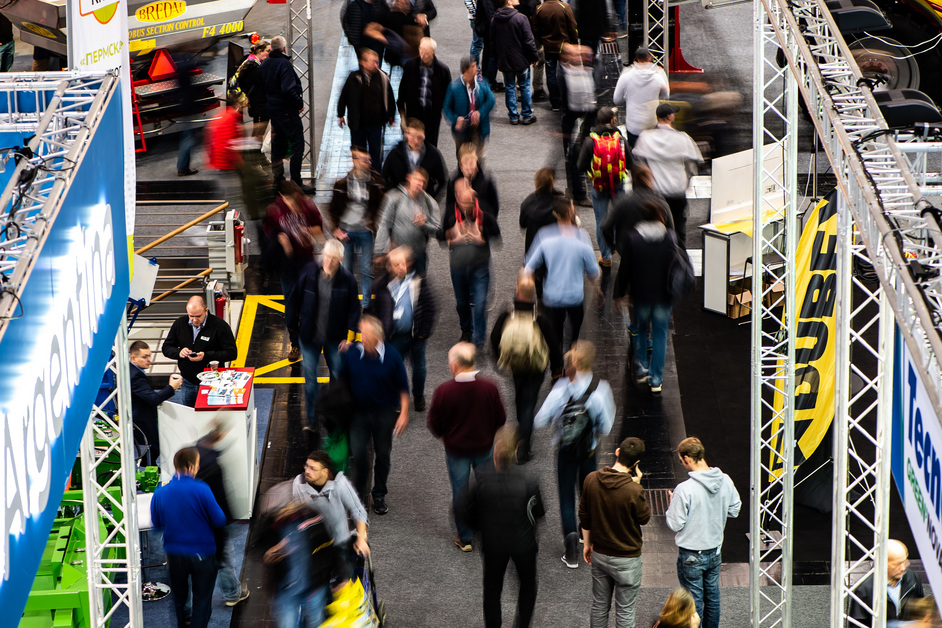
From November 12 to 18, Systems & Components will pioneer the new mobility in the off-highway sector. Photo: DLG.
Systems & Components event within Agritechnica (November 12-18, Hanover, Germany) is the leading agricultural machinery exhibition. The event will focus on this trend as well as flexible concepts for the entire off-highway sector, ranging from intuitive manual operation to fully autonomous solutions.
Both assistance systems and fully or partially autonomous driving functions are playing an increasing role on the road and in the off-highway sector.
A look through Systems & Components shows that all the functionalities needed to meet this challenge, be it precise positioning, machine learning, or driverless control systems, in combination with intelligent sensor technology, cloud-based networking, and wireless machine-to-machine communication, have long been in use, both in agriculture and the construction industry.
Operators are looking for gains in safety, efficiency, and comfort. The challenge is that mobile machines such as combine harvesters or loaders operate in a harsh and changing environment, where temperature, visibility, vibration, dirt, and moisture must be considered. The machines’ tasks require the operator's utmost attention, even in challenging conditions.
Where an off-highway vehicle needs to detect its surroundings comprehensively and reliably, such as a precision harvesting or construction equipment excavating automatically, the type, number, and arrangement of sensors are key. Real-time data is collected from the environment, providing information about the terrain, vehicles, people, and other obstacles. A driver assistance or agricultural machinery system then uses this data to control the movement of the machine and optimize the work process.
Sensor fusion systems, where the same data is observed through multiple sensors and then combined spatially and temporally, are at the center of current development activities. Sophisticated algorithms provide reliable information, even under extreme environmental conditions, and this can be used, for example, to warn of objects in the way.
The Systems & Components trade fair exhibitors use this technology in many ways. One accessible example connects additional sensors, such as LiDAR (Light Detection and Ranging) in conjunction with ultrasound or radar, to a display panel via a gateway, and the object information is superimposed over the image from a standard or infrared camera, alerting the driver to a potential obstacle. The range of potential functions includes blind spot monitoring and maneuvering assistance.
GPS and navigation systems provide exact position data with centimeter precision and enable agricultural machinery to plan their route and reach their destination optimally, an important step for the autonomous tractor. Automatic section control is another GPS application used on field sprayers or fertilizer spreaders that automatically turns individual implement sections on and off to prevent overlapping or off-field application of input materials.
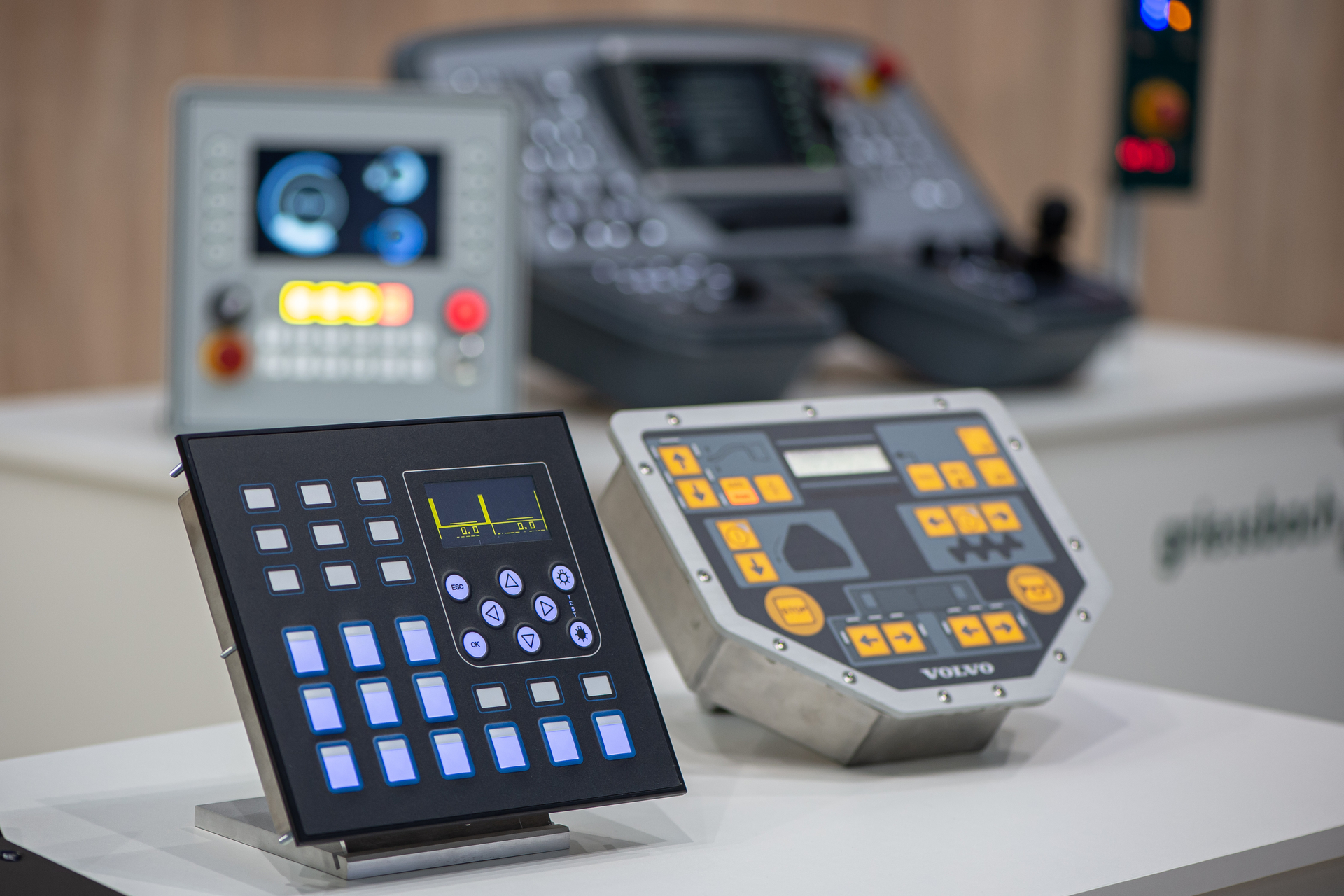

LiDAR sensors can also play a helpful role in environment detection, using a low-power laser to illuminate an object and a photo sensor to detect the reflection. The system calculates the distance to the object based on how long it takes for the laser beam to travel. The laser then scans many reflection points at different azimuths and elevations and the data is used to create a 3D map of the surroundings. For example, comparing the scan to a terrain model allows a construction machine to traverse that terrain semi-automatically.
LiDAR is an enabling technology for numerous applications for mobile machines in agriculture that can offer efficiency gains in the field. For example, it can find the edge between cut and uncut wheat and automatically guide a combine harvester along the crop edge, or it can detect a windrow and automatically steer the tractor to feed the mown crop into the baler optimally.
Two of the developments dominating engineering in the off-highway sector are intelligent sensors and autonomous agricultural machinery. Another trend that is also reflected in the supporting program of Systems & Components is modular solutions. There is a great variety of working machines, which are often only produced in small quantities, so modular and flexible solutions are the only way to avoid new requirements for individual sensors leading to a complete restructuring of the assistance, driving, and automation functions.
A team from the Institute for Power Electronic Systems (ELSYS) at the Nuremberg Georg Simon Ohm University of Applied Sciences, Germany, is developing an open automation platform of hardware and software components to help with this. The project POV.OS (Professional Operating Vehicles Operating System) started in March 2023 with the goal of designing a comprehensive platform of modular system components.
"We offer a central computing unit with secure, certified components and standardized interfaces. In this way, we enable all companies along the value chain for professional operating vehicles to develop relevant products rapidly," explains ELSYS head, Professor Armin Dietz.
Among other things, research is being conducted into modern, flexible control processes for electric drives using modular power electronics systems and integrating energy storage systems. "We want to use AI-based methods to simplify the development process and increase the energy efficiency of the electric drive train," says Dietz.
The result is a system with a common core of hardware and software components for the control, sensor data acquisition, and networking of POVs.
Whether driving or working, whether diesel, hybrid or fully electric: Currently available assistance functions are only a first step towards a fully automated and connected working machine of the future. The B2B marketplace of the international supplier industry for agricultural technology and the entire off-highway sector will present technologies that lead directly toward an autonomous future.
Translated by Quynh Chi

(VAN) Ms. Nguyen Thi Dung, Deputy Director of Ngoc Hoang Cooperative, shared about the journey of bringing dragon fruit to Europe, achieving annual revenues in the billions of VND.
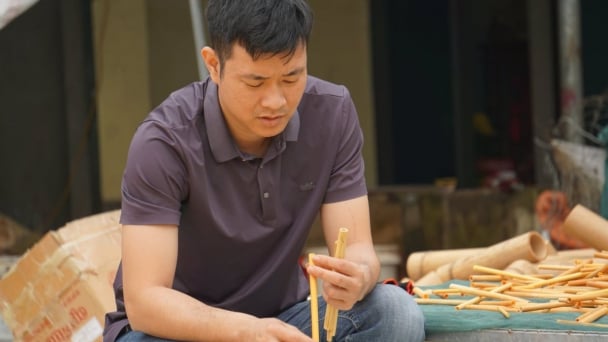
(VAN) Bamboo products from Thang Tho Bamboo Cooperative have reached many countries around the world, while also creating jobs for local workers.
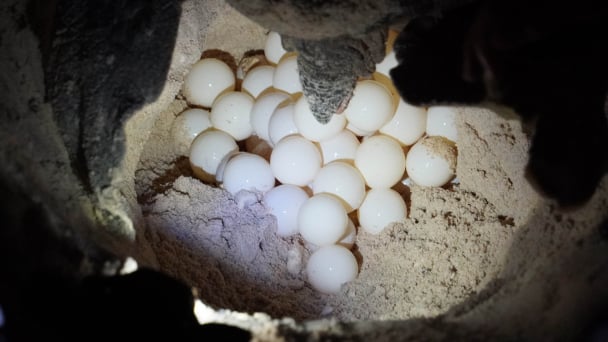
(VAN) The Management Board of Con Dao National Park reported that a green sea turtle, tagged in the Philippines, has traveled thousands of kilometers to lay 84 eggs on Bay Canh Islet.
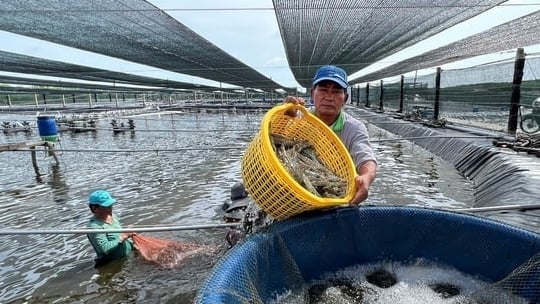
(VAN) Green technology is paving a new path for sustainable aquaculture in the Mekong Delta in particular and across the country in general, helping reduce emissions and adapt to climate change.
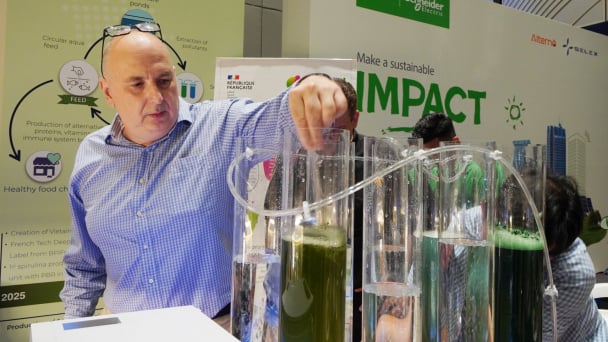
(VAN) On May 27, La French Tech Vietnam (the French startup and innovation community in Vietnam) held the French Tech Summit Vietnam 2025.
/2025/05/27/4731-2-223159_980.jpg)
(VAN) No votive paper, no styrofoam, no plastic bags, no plastic bottles, and no single-use plastic trays are the key rules tourists should keep in mind when visiting Con Dao.
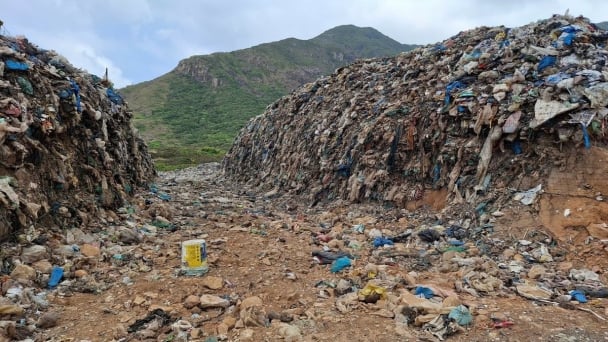
(VAN) In the fight against plastic pollution, Vietnam has been demonstrating a proactive, pioneering, and active role in addressing the greatest environmental challenge today.